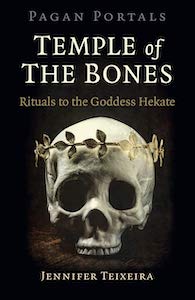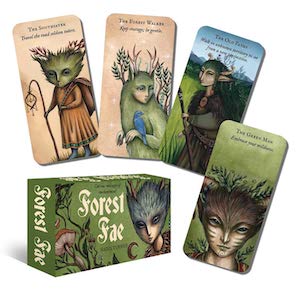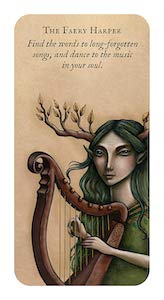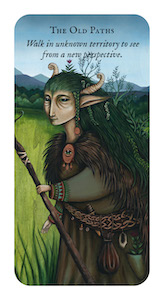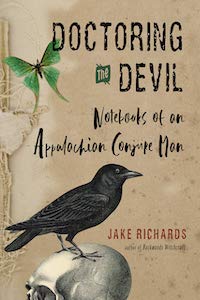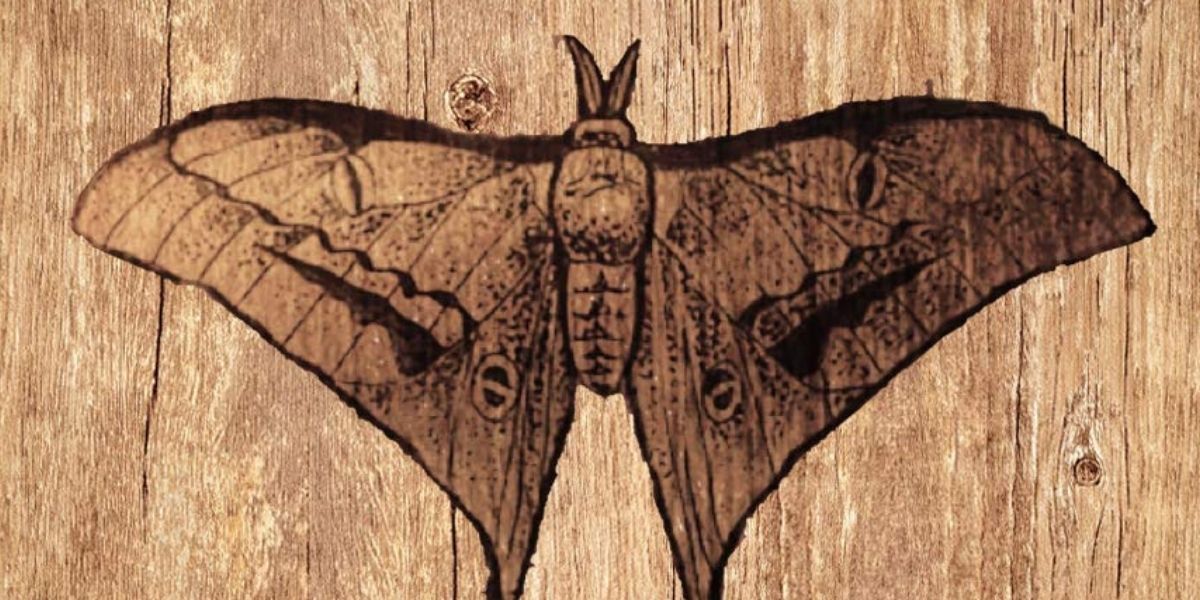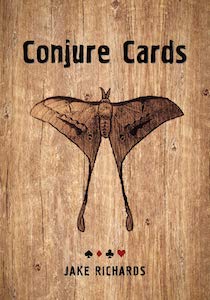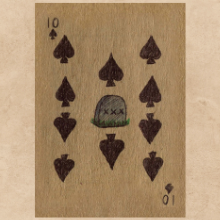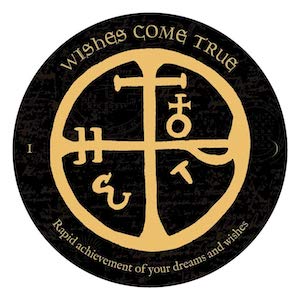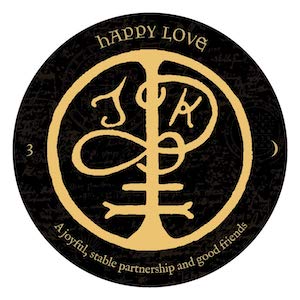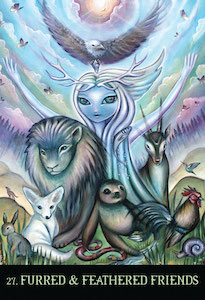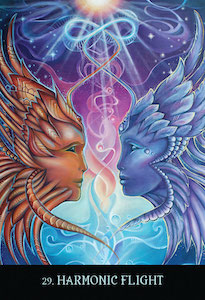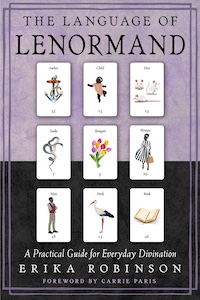
The Language of Lenormand: A Practical Guide for Everyday Divination, by Erika Robinson
Weiser Books, 1578638054, 208 pages, October 2023
As both a book lover and a collector of Lenormand oracles, I was very excited to have the opportunity to review The Language of Lenormand: A Practical Guide for Everyday Divination by Erika Robinson.
Robinson’s skills as a seasoned card reader and a highly trained educator shine brightly throughout this delightful guide – her Harvard education and years of teaching English evidenced on every page.
The book’s beautiful cover caught my eye, and I was somewhat surprised and a bit disappointed that there was no deck accompanying this book (more on that later though because there is good news after all for us deck collectors).
Rightly named a “Practical Guide”, Robinson is actively teaching from the start. Set up like a workbook with questions and brainstorming activities winding up each chapter, the student has an opportunity to be fully engaged, helping make the learning process even smoother.
The Lenormand Oracle is comprised of 36 cards, with some decks having a few extra cards so that the sibyl and/or sitter may choose between different representations of specific cards. The cards are always read in combination with each other (no single card pulls as is often done with Tarot and other oracles). Memorizing the meanings of the cards is first and foremost to learning to read with them in combinations.
Chapter One begins by introducing the first three cards to us, explaining the images and their meanings as you might expect, but the chapter continues with something fresh by immediately teaching us how to read those three cards in several different combinations. Robinson also asks us to come up with some meanings on our own, and right away we are learning, thinking, and reading the cards ourselves. Brilliant!
The next six cards are described and added to our repertoire in Chapters Two and Three, and then for the following chapter we take a little break from learning new cards to talk about significators and different ways of using them. We learn this easily by playing with the cards we’ve studied so far. Then, we move on to learning a few more new cards in Chapter Five.
I really enjoyed Robinson’s take on significators, so I was excited when she returned with more ideas about them in chapter six along with a technique called “mirroring” and our first “spreads” – using configurations of five cards and seven cards.
The book continues in this fashion, teaching three cards per chapter and then layering our newfound learning with actual card reading in combinations along with additional techniques for determining what the cards are saying to us by using more cards in combination. These layers and combinations provide more and more clarity and detail.
Robinson teaches a range of traditional spreads (also called “vignettes” in Lenormand parlance) using the Nine Box (a spread using 9 cards) for multiple examples as we work our way through learning the entire deck. Her use of the Nine Box reminded me of just how much information you can find using just nine cards.
By the time we reach Chapter Eighteen we know the meanings of each card and how they work together in combinations. And now we are ready to take a crack at the biggest spread of all – the one that uses the entire deck – a giant spread famously known as The Grand Tableau.
When I was first learning to use the Lenormand oracle, I remember feeling equal amounts of excitement and dread about approaching such a huge spread. You may feel the same way, but fear not! Robinson provides us with lovely instructions on how to navigate the Grand Tableau walking us step-by-step through her entire process. The Grand Tableau can be quite an undertaking but with such clear instruction you can be sure to fully enjoy it!
Moving forward, we learn some new and original spreads including a twenty-three-card spread called Erika’s Reading that I used immediately and loved, and happily it was much appreciated by my sitter as well, as it validated quite a few details for them. Among the original ideas in this book, this is my favorite and one I plan on using a lot. It’s quicker than the Grand Tableau while still giving a wealth of information.
I mentioned earlier that I was a bit disappointed that this book was not the guidebook for a new deck, but my disappointment vanished once I discovered that Robinson does have her own deck coming out. I peeked on Instagram and the cards are gorgeous. Unfortunately, the deck was a Kickstarter project that had closed by the time I went to investigate it.
Hopefully, the deck will be available to those of us who were late to the party and missed the backer deadline. The deck is called Erika’s Lenormand of Hope and as thoughtful as her book is, I can only imagine that the same care went into producing her beautiful deck.
As someone who has been reading the Lenormand for almost a decade, I learned quite a few new things from The Language of Lenormand, and with personal stories and lots of reading examples it was fun and easy to read. This book is for anyone wanting to learn about the Lenormand oracle whether a beginner or a seasoned reader. There are new and original ideas here along with traditional Lenormand teachings and they are all presented in a very comprehensive way. A beautiful addition to any cartomancy library, highly recommended.

Cindie Chavez, “The Love & Magic Coach”, is a certified life and relationship coach as well as an author, speaker, and teacher. She has a reputation for bringing astounding clarity and having a wicked sense of intuition. She has a widely diverse range of other proficiencies and interests including astrology, kabbalah, tarot, magic, and spirituality. She also loves painting, knitting, gaming, and enjoying belly laughs with her husband and family.










